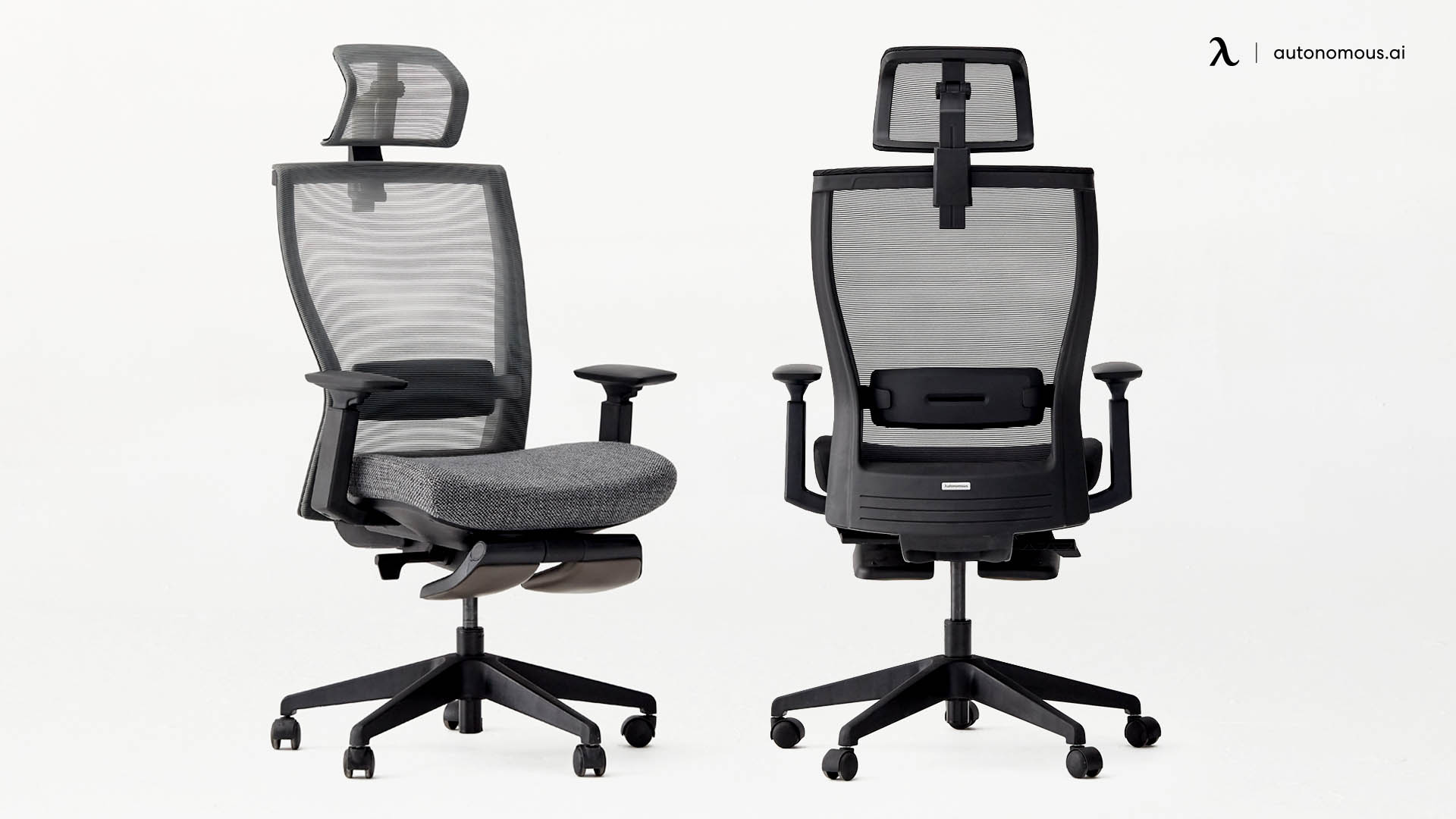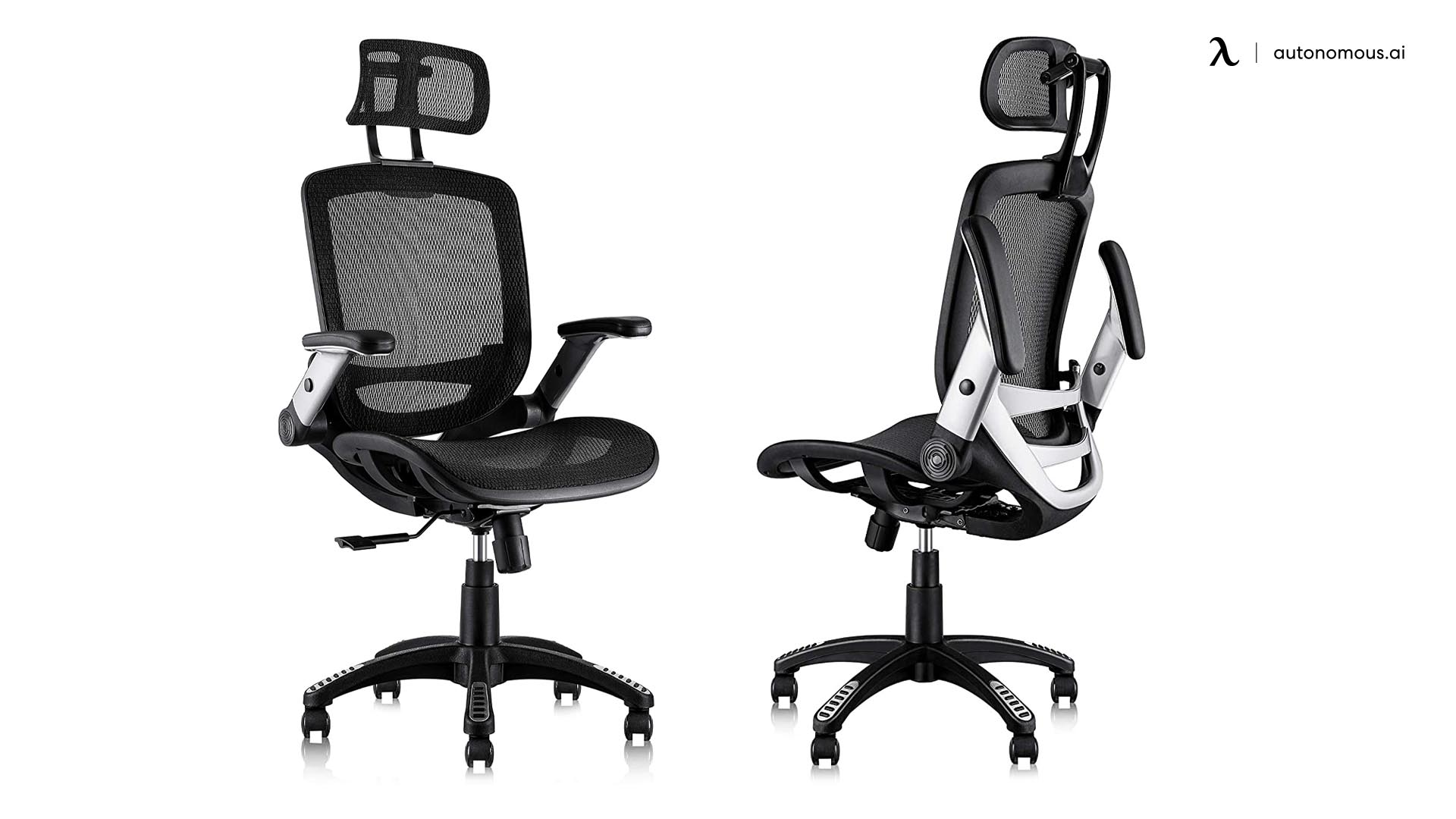Ergonomic Considerations for Software Developers

Software developers often spend countless hours seated at their computers, making ergonomic considerations paramount to their long-term health and productivity. The repetitive nature of their work, coupled with prolonged periods of static posture, significantly increases the risk of various musculoskeletal disorders. Choosing the right chair and maintaining good posture are crucial preventative measures.
Best office chair for software developers – The unique ergonomic needs of software developers stem from the demanding nature of their work. Hours spent hunched over keyboards and screens contribute to poor posture, leading to back pain, neck stiffness, and even carpal tunnel syndrome. Repetitive movements, such as typing and mousing, can strain muscles and tendons, resulting in repetitive strain injuries (RSIs). Prolonged sitting, irrespective of posture, reduces blood flow and can contribute to a range of health problems.
Chair Features and Their Impact on Developer Well-being
Several chair features directly address the ergonomic challenges faced by software developers. Properly designed chairs can mitigate the risks associated with prolonged sitting and repetitive movements, significantly improving comfort and reducing the likelihood of injury.
| Feature | Benefit for Developers | Example Chair Feature | Potential Drawbacks |
|---|---|---|---|
| Lumbar Support | Maintains the natural curvature of the spine, reducing lower back strain and pain. | Adjustable lumbar support with height and depth adjustments. | Poorly designed lumbar support can be uncomfortable or ineffective; may require adjustment for individual needs. |
| Adjustable Armrests | Supports the forearms and reduces shoulder and neck strain; allows for proper keyboard and mouse positioning. | Height-adjustable, width-adjustable, and padded armrests. | Armrests that are too high or too low can hinder proper posture; may interfere with desk proximity. |
| Seat Depth Adjustment | Ensures proper thigh support and prevents pressure on the back of the knees. | Adjustable seat depth to accommodate various leg lengths. | Incorrect seat depth can lead to discomfort and poor circulation in the legs. |
| Seat Height Adjustment | Allows for proper foot placement on the floor or footrest, maintaining proper posture and reducing leg strain. | Hydraulic lift mechanism for precise height adjustment. | Improper height adjustment can lead to discomfort and strain on the legs and back. |
| Recline Adjustment | Allows for changes in posture throughout the day, reducing pressure on the spine and improving blood circulation. | Mechanism allowing for tilting the backrest to different angles. | Over-recline can lead to slouching and poor posture if not used in conjunction with lumbar support. |
Potential Health Issues and Preventative Measures
Ignoring ergonomic principles can lead to a range of health problems for software developers. Proactive measures are essential to mitigate these risks and maintain long-term well-being.
- Back Pain: Caused by prolonged sitting and poor posture. Preventative measures include using a chair with proper lumbar support, taking regular breaks to stand and stretch, and practicing good posture.
- Neck Pain: Often results from looking down at screens for extended periods. Preventative measures include adjusting screen height to eye level, taking frequent breaks, and performing neck stretches.
- Carpal Tunnel Syndrome: A condition affecting the wrist and hand, often caused by repetitive typing. Preventative measures include using ergonomic keyboards, taking regular breaks, and practicing proper hand and wrist positioning.
- Eye Strain: Prolonged screen use can lead to eye strain and headaches. Preventative measures include using anti-glare screens, adjusting screen brightness, taking frequent breaks, and following the 20-20-20 rule (every 20 minutes, look at something 20 feet away for 20 seconds).
- Obesity and Cardiovascular Issues: Prolonged sitting contributes to a sedentary lifestyle, increasing the risk of obesity and related health problems. Preventative measures include incorporating regular physical activity into daily routines, even short bursts of movement throughout the day.
Budget and Long-Term Value: Best Office Chair For Software Developers

Investing in a high-quality office chair might seem like a significant upfront expense, but considering its impact on your health, productivity, and long-term well-being, it’s a worthwhile investment for software developers who spend countless hours seated. The cost-effectiveness of an office chair hinges not just on the initial price tag, but also on its durability, warranty coverage, and the need for future maintenance or replacements.
Choosing the right chair requires a careful balance between budget constraints and the necessity for ergonomic support and lasting comfort. A poorly chosen, inexpensive chair can lead to discomfort, back pain, and decreased productivity, ultimately costing you more in the long run through healthcare expenses and lost work hours. Conversely, an overly expensive chair may not offer significantly better value than a well-researched, mid-range option.
Evaluating Office Chair Costs Across Price Ranges
The market offers a vast array of office chairs, ranging from budget-friendly options under $200 to premium models exceeding $1000. Budget chairs often lack robust construction, ergonomic features, and comprehensive warranties. Mid-range chairs ($300-$700) generally provide a good balance of features, durability, and warranty protection. High-end chairs ($700+) usually boast superior ergonomics, advanced adjustability, and extended warranties, often reflecting premium materials and construction. Durability varies significantly across price points; cheaper chairs might require replacement within a few years, while higher-end chairs can last a decade or more. Warranties also differ, with longer warranties indicating greater manufacturer confidence in the chair’s quality. Maintenance needs also vary; some chairs may require minimal upkeep, while others might need periodic adjustments or part replacements.
Factors for Balancing Budget and Ergonomic Needs, Best office chair for software developers
Developers should prioritize ergonomic features like adjustable lumbar support, armrests, and seat height. These features are crucial for maintaining proper posture and preventing musculoskeletal issues. While premium chairs often excel in these areas, many mid-range options offer sufficient ergonomic support. Consider the chair’s materials – breathable fabrics are essential for comfort, and durable construction ensures longevity. A thorough review of user feedback can help identify potential durability and comfort issues. Warranty terms are crucial; a longer warranty suggests higher confidence in the product’s quality and offers protection against defects. Finally, carefully assess your budget and prioritize features that best address your individual needs and ergonomic requirements. Don’t necessarily assume the most expensive chair is the best option; focus on finding the best value for your specific needs and budget.
A Guide to Researching and Selecting an Office Chair
Researching and selecting an office chair requires a systematic approach. Begin by identifying your budget and essential ergonomic needs. Then, explore online reviews from reputable sources, paying attention to user experiences regarding comfort, durability, and ergonomic features. Compare specifications across different models, focusing on features like adjustability, materials, and warranty terms. Thoroughly examine warranty details, including coverage duration, what is covered, and the claims process. Consider visiting physical stores to test-sit various chairs and assess their comfort and adjustability firsthand.
Cost-Benefit Analysis of Office Chair Options
A cost-benefit analysis helps quantify the long-term value of different chair options. This involves comparing the initial cost with potential health benefits (reduced back pain, improved posture), increased productivity (fewer distractions due to discomfort), and reduced healthcare costs. The following table illustrates a simplified example:
| Chair Model | Initial Cost | Estimated Lifespan (Years) | Return on Investment (ROI) Estimate |
|---|---|---|---|
| Budget Chair X | $150 | 2 | Low; potential for higher healthcare costs and lost productivity. |
| Mid-Range Chair Y | $400 | 5 | Moderate; balance between cost and potential benefits. |
| Premium Chair Z | $800 | 10 | High; long-term cost savings through durability and health benefits. Potential increase in productivity due to enhanced comfort. |
Note: ROI estimates are highly subjective and depend on individual factors like health conditions, work habits, and productivity levels. This table presents illustrative examples; actual ROI may vary significantly.
